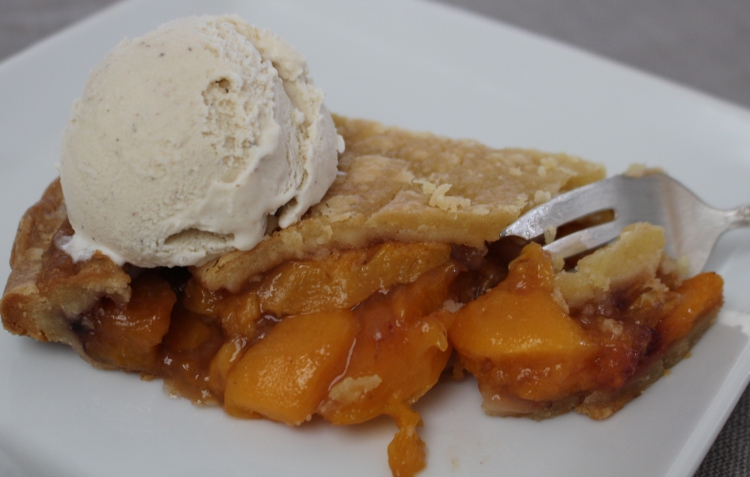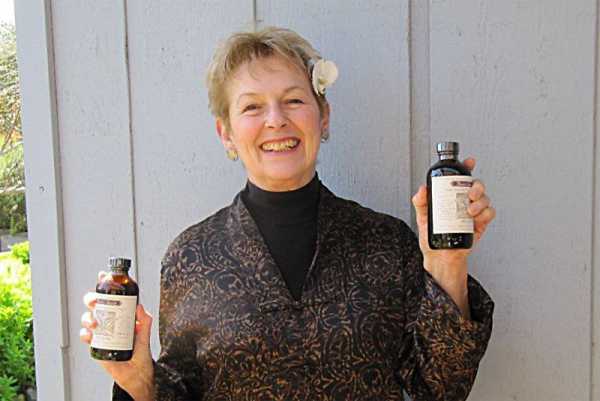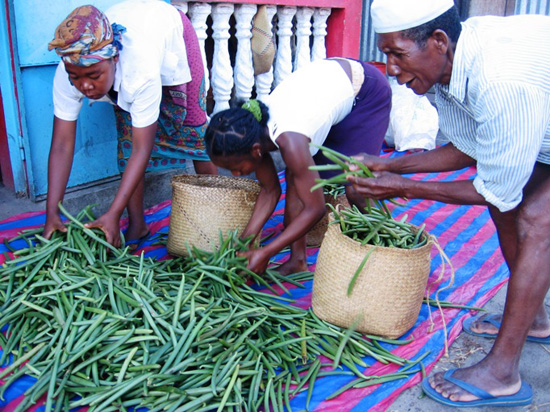
I'm amazed at how superior your vanilla is!
– Des, The Grommet
When you melt chocolate you are melting the cocoa butter crystals as well as the sugar. In order to achieve the original luster and stability of the chocolate you must temper it before dipping or molding.
The technique is not difficult; it only requires practice with care and patience.
Some important information about tempering:
The room used for tempering and dipping should be at 65? – 70? F. and draft free. If the room is too warm the chocolate will resist tempering and my have large tailings or feet. Either too warm or too cold will cause the chocolate to lack luster or streak showing signs of bloom. Low humidity, no strong odors and good air circulation is also recommended. If making candy centers they should be at 68? – 70? F before dipping or filling molds.
It is also important to have a reliable thermometer with a range from 60 – 122 degrees F. Many professionals now use an infra-red thermometer guns which read the surface of whatever you point it at and since you are stirring constantly these work well for tempering.
The grey color they call “bloom” is cocoa butter and/or sugar that has separated from the other ingredients and floated to the surface. Bloom may occur in chocolate over time or when chocolate is subjected to high temperatures. It does not affect the freshness or flavor. If bloom is present, careful tempering is necessary to achieve a beautiful luster once again.
Chocolate scorches easily and becomes grainy. Take care to stir frequently and do not melt over boiling water or direct heat.
Centers and molds should be at room temperature, about 70 degrees F. Molds should be clean and dry. Do not wash molds with tap water or detergent as it may form minerals in the crevasses of the mold and then dull your molded chocolate when it comes out of the mold.
Moisture in any form will cause the chocolate to thicken. Be wary of steam from simmering water. Do not cover chocolate with a lid or condensation may form and drop on the chocolate.
Any leftover chocolate may be hardened and retempered at another time. Plain molded pieces which show signs of bloom may also be melted and retempered.
Chocolate should be stored wrapped in foil or food grade plastic at about 65? F in an order free, cool dark dry place.
Melted chocolate should be stirred but be careful not to whip in air. This will cause holes and bumps in your finished work.
Avoid handling finished chocolate pieces with bare hands use latex gloves or you will leave fingerprints.
I was given a small bottle of Rain’s Choice in a gift basket and I have been hooked ever since. The flavor makes all of my baking so much better! I will never use grocery store vanilla again!


© 2021. All Rights Reserved
Designed/Developed by Kat & Mouse